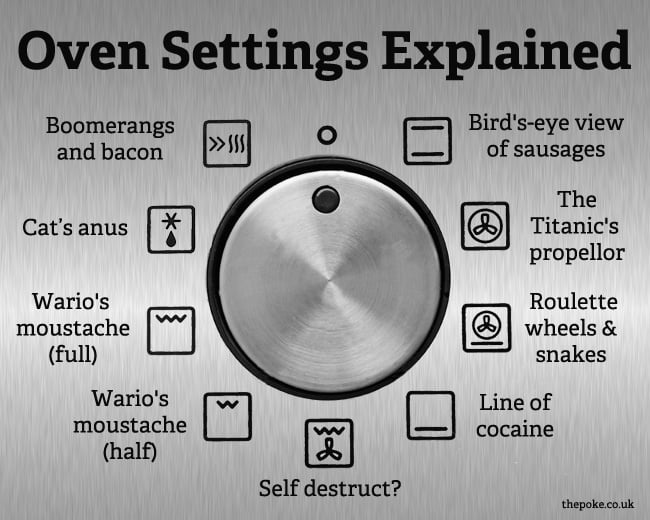Are you a passionate baker eager to elevate your bread-making skills? If so, understanding the proof setting on your oven is essential. In this comprehensive guide, we delve into the realm of perfect proofing, empowering you with expert insights and actionable tips to transform your humble dough into a delectable masterpiece. Embrace the journey as we unlock the secrets of this culinary alchemy.

Image: customkitchenhome.com
Defining Proofing: A Crucible for Transformation
Proofing, the delicate art of allowing yeast to ferment and rise twice before baking, is a crucial step in bread-making. During this phase, the dough’s gluten network strengthens, trapping carbon dioxide released by the yeast. The result is an airy, light, and flavorful loaf that delights the palate. Many modern ovens feature a dedicated proof setting, a game-changer for achieving optimal proofing conditions.
Unlocking the Proof Setting: A Journey of Precision
Proof settings vary across oven models; however, they all share a common purpose: to create the ideal environment for proofing. Most proof settings maintain a temperature around 95°F (35°C), replicating the warmth of a proofing box. Additionally, they circulate warm air gently, ensuring an even distribution of heat throughout the dough. This controlled environment allows the yeast to work its magic without overheating or drying out the dough.
Harnessing the Proof Setting: A Step-by-Step Guide
-
Prepare the Dough: As you diligently knead your dough, ensure it has undergone thorough fermentation and doubled in size.
-
Shape and Place: Gently shape the dough as desired, whether it be a classic loaf, delightful rolls, or an artistic creation. Transfer the shaped dough to a lightly oiled baking sheet or proofing basket.
-
Activate the Proof Setting: Locate the proof setting on your oven’s control panel and activate it. The oven will automatically adjust the temperature and begin circulating warm air.
-
Patience is a Virtue: Patience is paramount during proofing. Allow the dough to proof in the oven for 45-60 minutes, or until it has almost doubled in size. The dough’s texture should be pillowy to the touch, indicating readiness for baking.

Image: thepoke.co.uk
Expert Insights: Secrets from the Masters
“The key to successful proofing is maintaining a consistent temperature,” advises master baker Sarah Jaramillo. “Deviations in temperature can negatively impact the dough’s rise, resulting in a dense or uneven loaf.”
“Do not overcrowd the dough during proofing,” adds renowned baker Emmanuel Hadjiandreou. “Proper spacing allows for even air circulation and prevents the dough from suffocating.”
Troubleshooting Tips: Navigating Proofing Challenges
-
Too Much Proofing: If the dough rises too much, it may collapse during baking. Reduce the proofing time or adjust the oven temperature to a slightly cooler setting.
-
Under Proofing: Insufficient proofing results in a dense, underdeveloped loaf. Extend the proofing time or increase the oven temperature a touch.
-
No Rise: If the dough does not rise during proofing, check the yeast’s freshness or consider activating it in warm water before adding it to the dough.
How To Use The Proof Setting On Oven
https://youtube.com/watch?v=VyllkMZ12Fk
Embarking on Your Proofing Journey
Understanding the proof setting on your oven opens a culinary door to a world of perfectly proofed bread. Whether you are a seasoned baker or embarking on your bread-making adventure, embracing these insights and techniques will elevate your creations to new heights. So, embrace the proof setting, and let the metamorphosis of dough into delightful bread unfold in your oven. Happy baking!